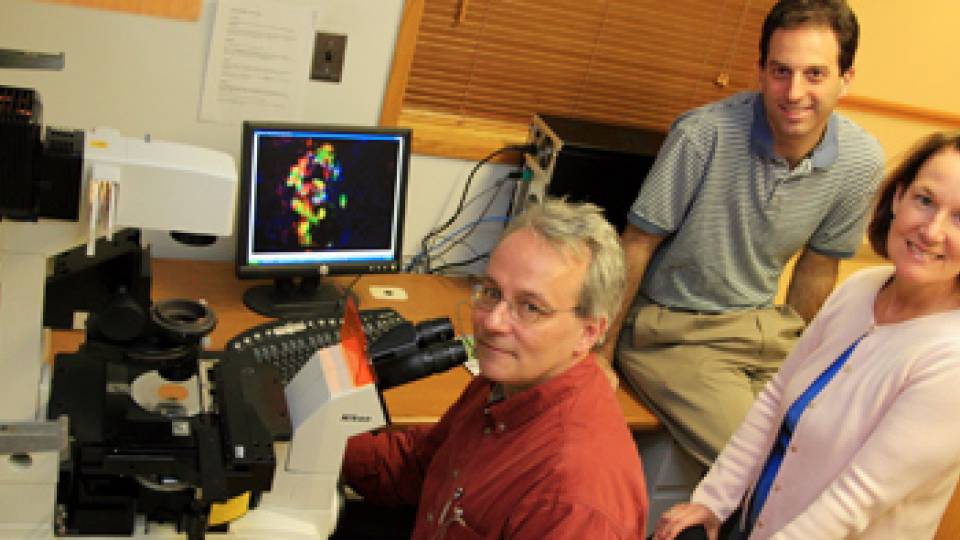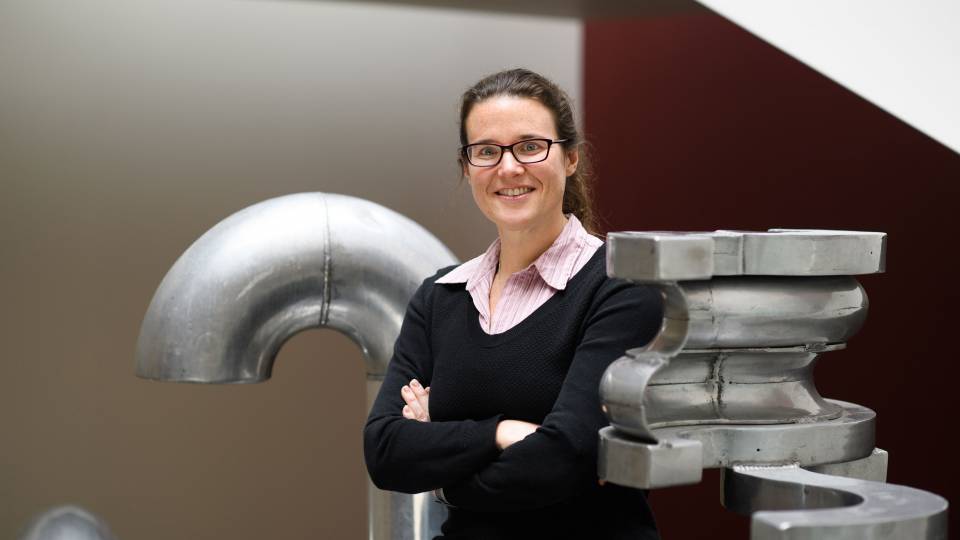Princeton University scientists have taken a major step toward identifying the "genetic signature" of stem cells, discovering a subset of genes whose products may give these cells their unique traits.
The results promise to become an important resource to biologists as well as medical researchers who are trying to harness stem cells as therapies for neurological diseases, birth defects, heart disease, blood cancers and many other disorders.
In two papers published this week, Princeton biologists identified 283 genes that are common to several of the most important types of stem cells, as well as about 4,000 genes that are active in the surrounding tissues that nurture stem cells and give them cues about how to behave. Databases of these genes have been published online and are freely available to anyone.
"The question we have been asking is: Can we identify the molecular parts list, or toolbox, that the stem cell has at its disposal?" said Ihor Lemischka, the senior author of one of the papers. "We found that there is a core set of molecular machinery that might be responsible for regulating the activities that make stem cells unique."
Currently scientists identify stem cells by the way they behave and by chemical markers on the cell surface. However, the genes that give rise to these characteristics remained largely unknown. A comprehensive catalog of stem cell genes could refine the identification process, as well as reveal the mechanisms that make the cells function as they do.
Read the full story in the news release.
Contact: Marilyn Marks (609) 258-3601



